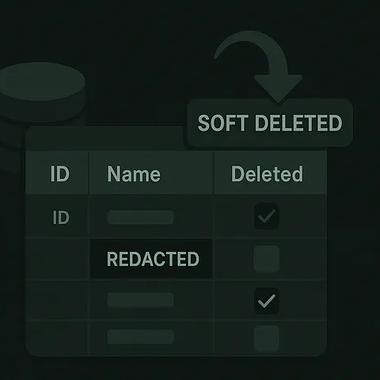With more than a decade of experience designing and developing mobile apps for businesses around the globe, we have seen our fair share of app ideas come and go. Some proved themselves industry-defining concepts. Others didn’t make the cut. Over that time, one thing became clear. You need to put a lot of work into streamlining and refining your app idea before you ever near the development phase.
In the app development world, we often refer to this process as the “ideation phase.” It is the stage of the app development journey where you do the leg work and try to work out whether you’re sitting on a multi-million-pound app idea or something that will never come to fruition.
In this article, we drew on all of The Distance’s app development experience and expertise to create a quick guide to streamlining your app idea. If you think you’ve got a game-changing app concept that could help launch your business, read on to learn how you know if you are right.






